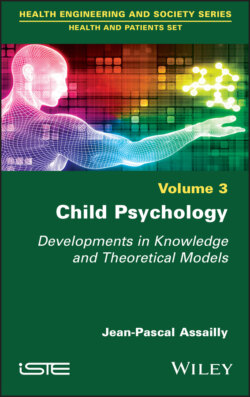Читать книгу Child Psychology - Jean-Pascal Assailly - Страница 29
1.4. Between psychology and epidemiology, developmental psychopathology
ОглавлениеUnfortunately, due to lack of time and interest, psychoanalysts do not read articles on behavioral genetics and behavioral geneticists do not read articles on psychoanalysis, not even those about particular behaviors, alcoholism or delinquency. Yet these two bodies will influence generations of pediatricians, specialized journalists and therefore parents. Ideally, we need to take a step back, to look at the “big picture”, to consider what connects and what does not mutilate knowledge, as Edgar Morin says. We have evoked (Assailly, 2007) the idea of a “river thought”, that is, a thought capable of carrying all the alluvium that is brought to us by the currents of thought on the child.
This “river thought” is one of interaction: from the first cell division, each fact, each biological, psychological or sociological event defines us; some weigh very heavily, such as the early relationship with our mother; others, very little, such as a temporary family stress, but the approach must integrate all these elements
For example, what can epidemiology (the science that studies phenomena at the population level) contribute to psychology (the science that studies phenomena at the individual level), and vice versa? In fact, one needs the other: epidemiology needs the observations of psychology in order to understand, within the broad variability of human behavior, what does or does not emerge from pathology; to launch hypotheses on the relationships between the problems of children and the factors that explain these problems, to understand how what it calls “risk” or “protection” is constructed. Psychology needs epidemiology to ensure that what it has observed in a small selected sample of subjects can be found elsewhere, at another time.
These are complementary, rather than conflicting disciplines, each fulfilling its function at different times in the research process. Between these two disciplines, there is a space to create a median approach: developmental psychopathology, in other words, the developmental approach to psychopathological and maladaptive phenomena.
Although this approach is recent, it is already 40 years old and aims to integrate models from various fields (such as genetics, neuroscience, developmental psychology and systems theory) to inform research on the relevant processes of normal and atypical development. These developmental processes are reciprocal and transactional.
Major questions structure this approach.
